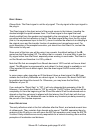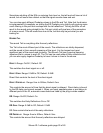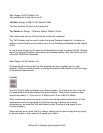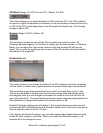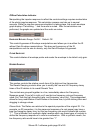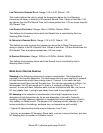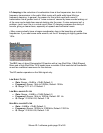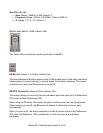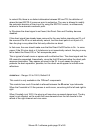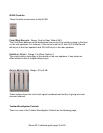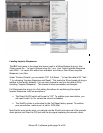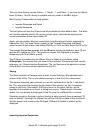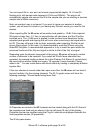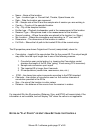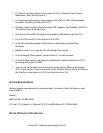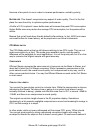In natural IRs, there is no distinct delineation between ER and TR; the definition of
where the best ER/TR-X crossover point is subjective. The user is allowed to modify
the automatic decision of the plug-in by using the ER/TR-X control, in milliseconds,
relative to the automatic crossover point.
In IRs where the direct signal is not found, the Direct Gain and Predelay become
disabled.
If the direct signal has already been removed by the user before importing an IR, or if
the source of the IR is not acoustically natural, and the direct path is not a part of it,
then the plug-in may detect the first early-reflection as direct.
In that case, the user should make sure that the Direct On/Off button is On. In some
cases, if the IR is too short or if its behavior is not acoustically natural, the plug-in may
fail to detect the Direct, ER, or Tail as separate parts.
This is typical of small rooms or spaces with a reflective floor. The direct signal and the
ER cannot be separated, theoretically, since the first ER arrives before the direct path
response terminates. They appear as mixed in the IR. In such cases the plug-in
presents the best separation, possible, but the direct would appear to include some
reflections.
CROSSTALK : Range: 0.0 to 100.0; Default 0.0
This control is only available in the "Efficient" components.
This controls how much Crosstalk is allowed between the IR-series’ input channels.
When the Crosstalk is 0.0 the process is multi-mono, convolving left to left and right to
right.
When Crosstalk is at 100.0, the plug-in will convolve a summed stereo input. The dry
signal is not affected, so the reverb will have elements from the left channel in the
reverb of the right channel and vice versa.
Waves IR-1 software guide page 32 of 40



